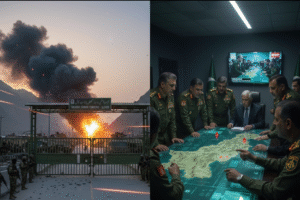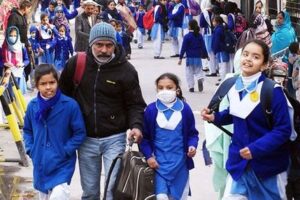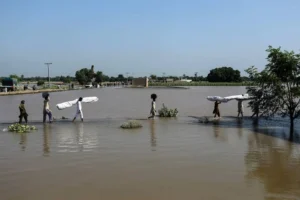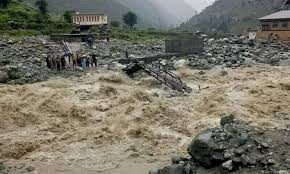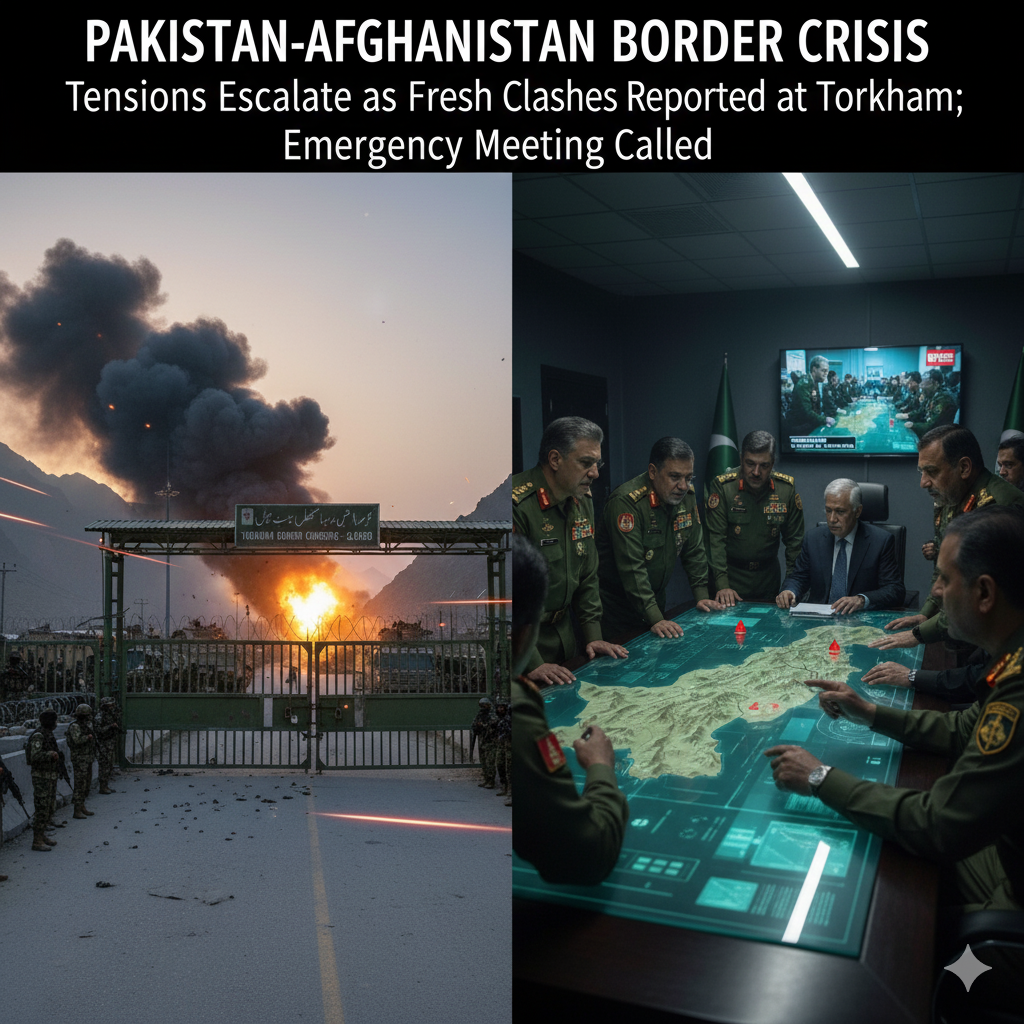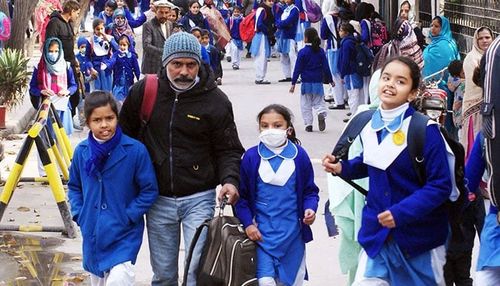The scenic northern areas of Pakistan are known for their breathtaking beauty, snow-covered peaks, and a tourism season that attracts thousands of visitors each year. However, the recent advisory NDMA warns tourists for visiting northern areas has brought a sobering reminder of the risks that come with traveling to such regions during extreme weather conditions.
The National Disaster Management Authority (NDMA) has urged tourists to avoid unnecessary travel to Gilgit Baltistan and Khyber Pakhtunkhwa’s mountainous districts as heavy snowfall, avalanches, and road blockages create dangerous conditions. While the advisory may dampen travel plans for many, it highlights the authority’s priority: ensuring safety over leisure.
Why NDMA Issued the Warning
Authorities stressed that the decision was based on worsening weather forecasts. Heavy snowfall and rainfall have triggered avalanches, landslides, and road closures in several popular tourist destinations, including Naran, Kaghan, Hunza, and Skardu.
The statement, NDMA warns tourists is not an exaggeration but a precaution rooted in recent incidents. Several travelers have been stranded for hours due to blocked highways, while locals struggle with power outages and supply shortages.
The Beauty and the Risks of Northern Pakistan
Pakistan’s northern regions are considered a paradise for nature lovers, attracting both domestic and international tourists. From the valleys of Swat to the glaciers of Gilgit Baltistan, the region is unmatched in beauty.
But this beauty comes with risks. Steep mountains, narrow roads, and unpredictable weather make travel hazardous, especially in winter. This is why NDMA warns tourists against visiting northern areas until conditions stabilize. Safety remains the most important consideration, even in places that promise unforgettable memories.
Impact on Tourism Industry
Tourism is a lifeline for many communities in the north. Hotels, restaurants, tour operators, and local businesses thrive on seasonal visitors. But whenever advisories like NDMA warns tourists against visiting northern areas are issued, the industry takes a major hit.
While business owners express concern over revenue losses, many agree that saving lives outweighs economic interests. Tour operators are now advising clients to postpone trips, offering alternative dates once conditions improve.
Challenges Faced by Tourists During Harsh Weather
Travelers who ignore safety advisories often find themselves in difficult situations. Common challenges include:
- Blocked Roads: Snowfall and landslides frequently cut off access to major towns.
- Stranded Vehicles: Tourists risk being stuck for hours without food or shelter.
- Communication Breakdowns: Poor mobile signals in remote valleys worsen emergencies.
- Health Risks: Exposure to extreme cold leads to hypothermia and altitude sickness.
These risks explain why NDMA warns tourists against visiting northern areas during this period—it’s a message of caution, not restriction.
Government Preparedness and Relief Efforts
In addition to the advisory, NDMA has deployed rescue teams and coordinated with local administrations to manage emergencies. Heavy machinery is being used to clear snow-covered roads, while medical units remain on standby.
Officials reiterated that NDMA warns tourists against visiting northern areas as a preventive step to minimize accidents. Preventing a crisis is far easier than dealing with one after it unfolds.
How Locals Are Coping
While tourists can delay their travel, locals have no choice but to endure. Many residents face food shortages, difficulty accessing hospitals, and limited heating options. The advisory indirectly helps locals too—by reducing the number of stranded travelers, authorities can focus on assisting residents.
This highlights that when NDMA warns tourists against visiting northern areas, it’s not just about tourism but about overall resource management and safety.
What Tourists Should Do Instead
For those who had planned winter trips, disappointment is understandable. But instead of risking safety, travelers are encouraged to:
- Postpone Trips: Wait until weather advisories are lifted.
- Explore Safer Destinations: Opt for southern or urban locations less affected by harsh weather.
- Stay Updated: Follow NDMA advisories and weather reports.
- Travel with Insurance: Ensure plans are flexible in case of emergencies.
By staying cautious, travelers respect both their own safety and the hard work of authorities. This is the essence of why NDMA warns tourists against visiting northern areas.
Expert Opinions on Travel Safety
Travel experts emphasize that ignoring weather advisories can turn vacations into life-threatening ordeals. They support the stance that NDMA warns tourists against visiting northern areas until weather improves.
Experts also call for better infrastructure—such as weather monitoring stations, stronger road networks, and emergency shelters—to reduce disruptions in the future.
Outlook for the Coming Weeks
Weather forecasts suggest that heavy snowfall may continue in the coming days, keeping risks elevated. Authorities are expected to reassess conditions and update advisories accordingly. Until then, the message is clear: NDMA warns tourists against visiting northern areas for good reason.
Frequently Asked Questions (FAQs)
Q1: Why has NDMA advised against visiting northern areas?
Because of heavy snowfall, avalanches, and road blockages that make travel unsafe.
Q2: Which regions are most affected?
Naran, Kaghan, Hunza, Skardu, and Swat are among the most impacted.
Q3: How long will the advisory remain in place?
The advisory is temporary and will depend on weather improvements in the coming days.
Q4: What should tourists do if they are already in the north?
They should stay indoors, avoid unnecessary travel, and follow local authority guidance.
Q5: Is the tourism industry badly affected?
Yes, but safety is the top priority, and businesses are urging tourists to postpone trips.
Q6: How is the government helping residents?
Rescue teams, medical aid, and snow-clearing machinery have been deployed to assist locals.
Conclusion
The advisory that NDMA warns tourists against visiting northern areas may come as a setback for travel enthusiasts, but it underscores a vital truth—safety must always come first. While the northern mountains are breathtaking, they can be unforgiving during harsh weather.
By respecting NDMA’s advisory and postponing travel plans, tourists not only protect themselves but also ease the burden on emergency services. In the long run, waiting for better weather ensures that trips to Pakistan’s northern paradise remain memorable for the right reasons.



